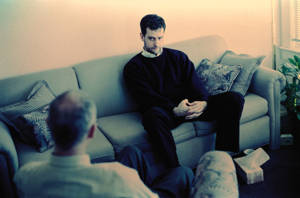Mark Twain once said, “Clothes make the man, naked people have little or no influence on society.” If this is true, and clothes really do make the man, then what happens when clothes make the man a woman, or vice versa? If the main function of clothing is to literally cover up or hide our sex, then the main focus of fashion is to exploit our gender. The clothes we wear let the outside world know who we are, and there is a lot of room to play. Men can become queens, women can be kings, and with androgyny, it can all be left a mystery.
The way we dress gives an immediate impression of who we are to the world. Throughout history, from fairy tales to historical figures, fashion has undoubtedly played a major role in defining and exemplifying our gender roles in society. From the Hippies of the past to the Hipsters of today, our culture is built on individuals using fashion as a means to explain and exhibit personal beliefs to society.

 © Serendip® 1994 - All rights reserved. Privacy Policy
© Serendip® 1994 - All rights reserved. Privacy Policy















